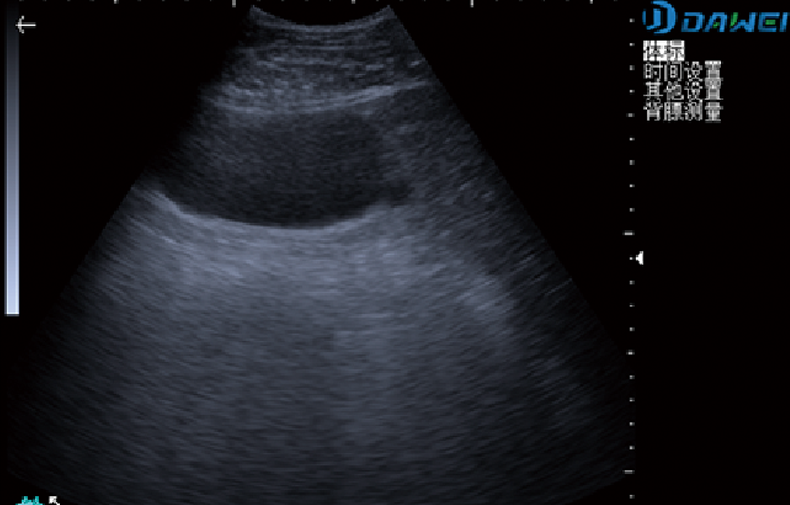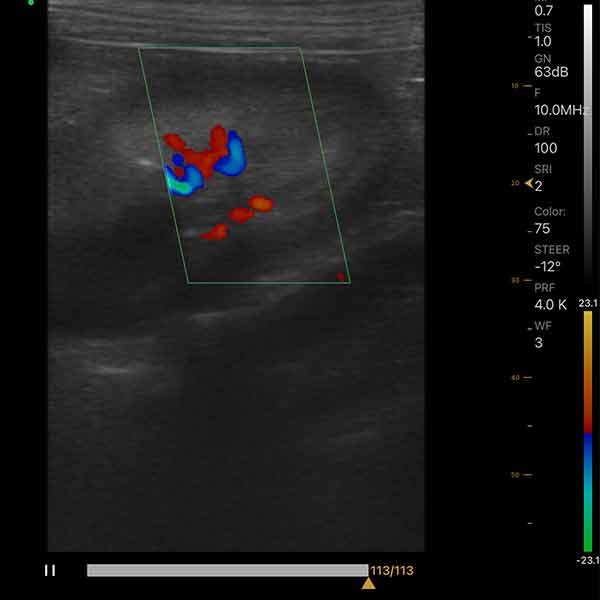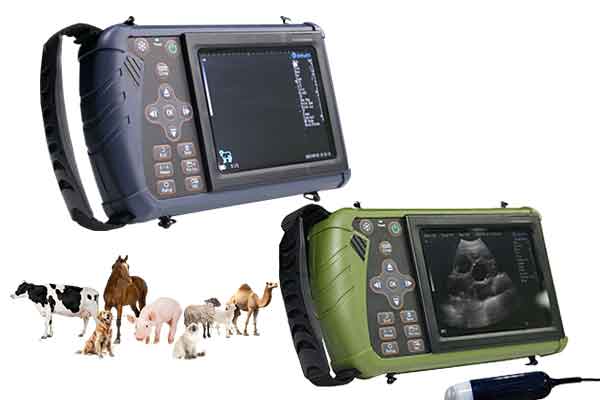When it comes to veterinary diagnostics, ultrasound technology plays a pivotal role in non-invasive imaging. Two primary modalities dominate this field: B-Mode ultrasound and Doppler ultrasound. Understanding their differences, applications, and limitations helps veterinarians choose the right tool for accurate diagnoses. Below, we break down these imaging methods across key categories and highlight top devices like the Dawei B-Mode S0/S1 and Dawei Doppler Ultrasound L3/P3, which are among the best portable veterinary ultrasound machines available.
1. Imaging Modality
How it works: Uses high-frequency sound waves to create 2D grayscale images of tissues and organs. Brightness (B-Mode) correlates with echo intensity.
Key features: Ideal for visualizing anatomical structures (e.g., liver, kidneys, bladder) and detecting masses, cysts, or fluid buildup.
It works Measures blood flow velocity and direction using frequency shifts in sound waves. Includes color-Doppler ultrasound (color-coded blood flow mapping) and spectral Doppler (waveform analysis).
Key features: Critical for assessing vascular health, detecting heart defects, or monitoring pregnancy viability.
2. Primary Uses in Veterinary Medicine
B-Mode Applications:
Organ morphology assessment (e.g., liver, spleen).
Pregnancy monitoring (fetal count, gestational age).
Detecting tumors, abscesses, or foreign bodies.
Doppler Applications:
Evaluating blood flow in arteries and veins (doppler ultrasound veterinary).
Diagnosing congenital heart defects or thrombosis.
Monitoring placental blood flow during high-risk pregnancies.
3. Advantages
B-Mode Ultrasound:
Cost-effective and widely available.
Simple to operate, making it ideal for routine exams.
Compact designs like the Dawei S0/S1 offer portability for farm or field use.
handheld veterinary ultrasound S1/S0
Doppler Ultrasound:
Provides real-time hemodynamic data (color-Doppler ultrasound enhances visualization).
Non-invasive alternative to angiography.
Advanced models like the Dawei L3/P3 combine portability with high-resolution Doppler capabilities.
4. Limitations
B-Mode Drawbacks:
Limited to structural imaging; cannot assess blood flow.
Less effective for diagnosing vascular or cardiac conditions.
Doppler Drawbacks:
Higher cost compared to B-Mode systems.
Requires specialized training for accurate interpretation.
May struggle with deep-tissue imaging in large animals.
5. Choosing the Right Machine
For veterinarians prioritizing portability and versatility, the best portable veterinary ultrasound machine will depend on practice needs:
Dawei B-Mode S0/S1: Lightweight, affordable, and perfect for basic imaging in clinics or mobile units.
Dawei Doppler L3/P3: Combines B-Mode with color-Doppler ultrasound for comprehensive diagnostics. Ideal for cardiac or vascular studies in small to medium animals.
Final Thoughts
While B-Mode ultrasound excels in structural imaging and routine exams, Doppler technology is indispensable for vascular and cardiac assessments. For clinics seeking a balance, investing in a hybrid system like the Dawei L3/P3—a doppler ultrasound veterinary powerhouse—ensures flexibility. Always match the machine to your caseload: portable B-Mode units like the S0/S1 suit general practice, while advanced Doppler systems address specialized needs.
By leveraging the strengths of both modalities, veterinarians can deliver precise, life-saving diagnoses for animals of all sizes.
Post time: May-22-2025






